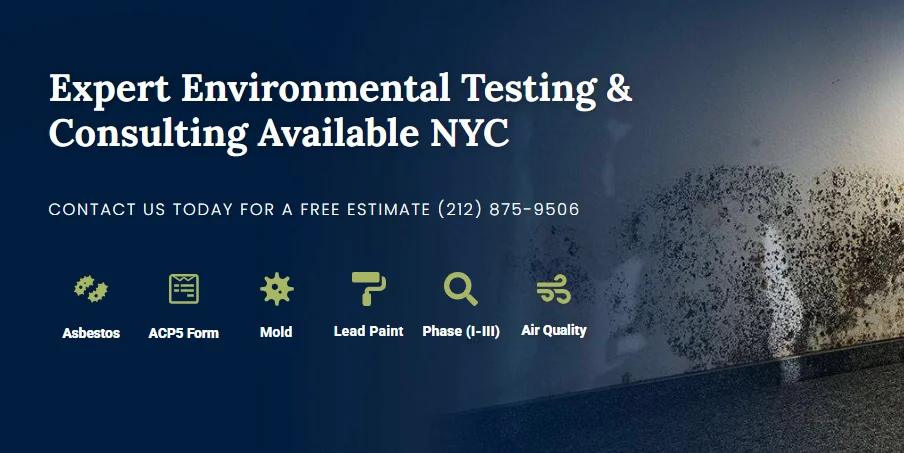With a growing concern about indoor health and air quality around the world, social media platforms like TikTok are surprisingly becoming a source of enlightenment. Both TikTok and Instagram are full of smart hacks like viral vinegar sprays and easy-to-learn humidity tricks aimed at making your indoor air quality better.
These trends not only entertain but often inform millions of homeowners about ways to make their homes safer, fresher, and mold-free, especially relevant in a post-pandemic world where indoor time has increased.
Why TikTok Is the New Home Health Guide
TikTok has become a popular tool for sharing easy, creative, and engaging solutions to everyday problems, including indoor air quality. The short-video format encourages quick DIY content that’s both entertaining and practical. Many of the top-performing clips offer low-cost health tips for a cleaner, safer living environment.
- Quick Visual Demonstrations: DIY home hacks, including air-purifying ideas, are easy to replicate thanks to fast-paced video formats.
- Wide Audience Reach: Millions of users, especially younger homeowners and renters, consume and share these health tips.
- Increased Awareness: Many creators are now addressing topics like mold, ventilation, and air filters that weren’t previously mainstream.
- Accessible Solutions: Most trending hacks use items found at home or available online at low cost.
- Influencer Credibility: Popular content creators and wellness influencers bring trust and visibility to these topics.
Popular Clean-Air TikTok Hacks
1. DIY Natural Air Fresheners
One of the most popular trends is replacing synthetic air fresheners with natural alternatives. A mix of lemon, baking soda and essential oils often does the trick and eliminates the use of aerosol-based sprays. These homemade combinations are not only eco-friendly, but they also assist reduce indoor chemical exposure.
2. Houseplants for Air Purification
TikTok is flooded with movies showing spider plants, snake plants, and peace lilies’ ability to clean the air. These low-maintenance greens are beautiful and help to absorb carbon dioxide as well as toxins. Many users document before-and-after air quality improvements using digital meters.
3. Humidity Hacks with Salt Lamps and Charcoal
Excess humidity often leads to mold and TikTokers are tackling it with salt lamps and activated charcoal bowls. These affordable tools are claimed to reduce indoor moisture and help prevent fungal growth. While results vary, the awareness around moisture control has grown significantly.
4. Identifying Mold with Experts
Spotting mold early is critical, and TikTokers are using expert help like www.gacenvironmental.net to detect it in hidden areas of their homes. While this DIY method is informative, it’s often just a first step. For expert-level accuracy and remediation, it’s best to consult professionals.
5. Dust Mapping with Transparent Tape
In order to detect the deposition of dust, users place pieces of clear tape on different surfaces. Such time-lapse videos depict unexpected quantities of allergens in clean zones. It is a visual reminder that causes one to scrub deeper.
6. DIY Air Purifiers Using Box Fans and HEPA Filters
One popular do-it-yourself (DIY) project is to connect box fans to HEPA filters to build cheap air purifiers. These constructions are economical, particularly in domestic spaces with spikes or smoke of wildfires. According to TikTokers, the breathing and the quality of sleep have improved visibly.
7. Opening Windows Strategically
Ventilation remains a cornerstone of air quality. Creators often post guides on when and how long to open windows, depending on humidity levels and outside air quality. Combining window ventilation with ceiling fans or exhausts is a recurring theme.
The Double Edged Sword of Viral Advice
Not every viral content on TikTok is safe and scientifically right to use. There are certain home hacks that may have unwanted results or even be harmful to your health. Viewers must be cautious and keen enough to look to the reliable sources when there is a need to find them.
- Unverified Claims: Many trending tips are anecdotal and lack scientific support or peer-reviewed backing.
- Chemical Hazards: DIY mixes including bleach, ammonia, or essential oils can occasionally be hazardous if used incorrectly.
- False Sense of Security: Some hacks may give the illusion of cleanliness or safety without addressing root causes like mold or poor ventilation.
- Overgeneralization: What works in one home environment may not be effective or safe in another.
- Rising Professional Involvement: To build trust, some creators are now consulting with environmental health experts and linking to reputable sources.
Conclusion: From Clicks to Clean Air
TikTok has evolved from a dance platform to a digital classroom for home wellness. All these viral clean-air hacks leave the homeowner with the capacity to make tiny changes in their living conditions towards healthier lives. While not all trends are scientifically vetted, they play a crucial role in promoting awareness.



